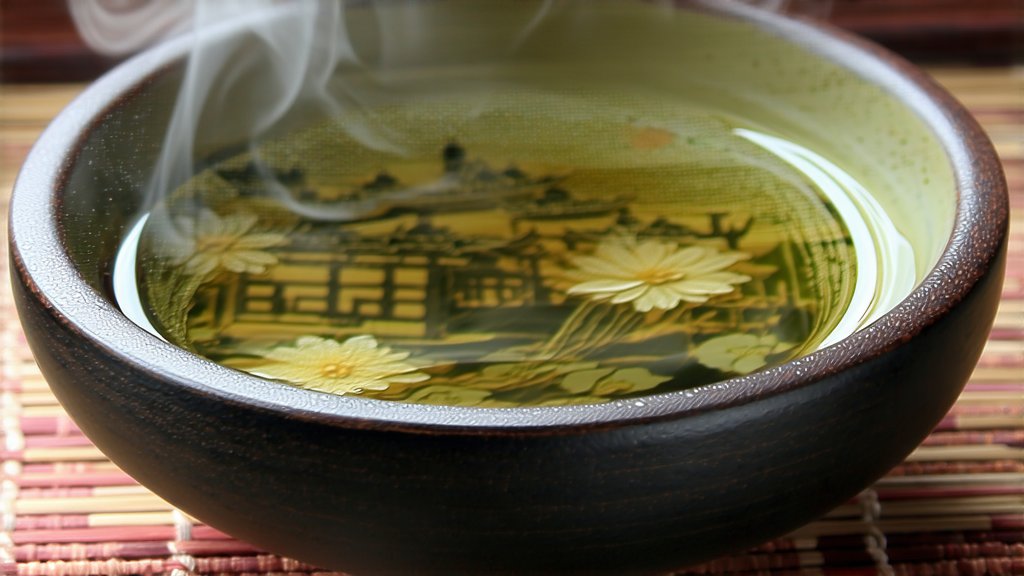
Pu-erh tea, a unique variety of dark tea originating from the Yunnan province of China, has captivated tea enthusiasts worldwide with its rich history and distinctive flavor profile. This comprehensive guide delves into the historical background, varieties, production process, and tasting techniques of Pu-erh tea, offering an in-depth exploration for international readers.
Historical Background
Pu-erh tea dates back to the Tang Dynasty (618-907 AD), with its name derived from the market town of Pu'er in Yunnan. Initially, it was produced as a compressed tea cake to facilitate transportation along the ancient Tea Horse Road, which connected Yunnan with Tibet. Over centuries, Pu-erh tea evolved into a cultural symbol and an essential part of Chinese tea heritage.
Varieties of Pu-erh Tea
Pu-erh tea is broadly categorized into two types: raw (Sheng) and ripe (Shou).
Raw Pu-erh (Sheng)
Raw Pu-erh undergoes minimal processing and is allowed to age naturally over time. The aging process mellows the tea's flavor and reduces its astringency, developing complex notes that are highly prized by connoisseurs.
Ripe Pu-erh (Shou)
Ripe Pu-erh undergoes a post-fermentation process known as "wet piling" or "wo dui." This accelerates the aging process, resulting in a smoother, earthier flavor profile compared to raw Pu-erh. The fermentation process also enhances the tea's health benefits and digestive properties.
Production Process
The production of Pu-erh tea involves several intricate steps, each contributing to its unique characteristics.
Harvesting
High-quality leaves from ancient tea trees, often hundreds of years old, are carefully selected for Pu-erh production. These leaves are typically harvested during the spring season when they contain the highest levels of nutrients and flavor compounds.
Withering
Freshly picked leaves are spread out in a well-ventilated area to wither. This process reduces moisture content and softens the leaves, making them more pliable for rolling.
Rolling
Withered leaves are then rolled into tight spirals or twisted shapes. This step helps release the enzymes within the leaves, which play a crucial role in the subsequent fermentation processes.
Sun Drying
Rolled leaves are sun-dried to further reduce moisture content. This traditional method imparts a natural sweetness and preserves the leaves' inherent flavors.
Compressing
Dried leaves are then compressed into various shapes, such as cakes, bricks, or tuocha (nestled cakes), using steam heat. Compression not only makes storage and transportation easier but also influences the aging process of the tea.
Aging
For raw Pu-erh, aging is a natural process that occurs over several years, allowing the tea to develop its complex flavor profile. Ripe Pu-erh undergoes accelerated aging through the wet piling process, which can take several months.
Tasting Techniques
Tasting Pu-erh tea is an art form that requires attention to detail and an appreciation for its evolving flavors. Here are some tips for savoring this remarkable tea:
Preparation
Use a Yixing clay teapot or a Gaiwan (a traditional Chinese lidded bowl) to brew Pu-erh tea. Boil water to a rolling boil and allow it to cool slightly before pouring over the茶叶leaves.
Infusion
For raw Pu-erh, use shorter steeping times (around 10-30 seconds) for the initial infusions, gradually increasing the time with each subsequent brew. For ripe Pu-erh, start with longer steeping times (around 30-60 seconds) and adjust based on personal preference.
Aroma and Flavor
Pay close attention to the aroma of the dry leaves and the brewed tea. Raw Pu-erh often exhibits floral, fruity, or herbal notes, while ripe Pu-erh has earthy, woody, and sometimes mushroom-like aromas. Sip slowly to appreciate the tea's complexity and depth.
Mouthfeel and Aftertaste
Notice the texture of the tea in your mouth – whether it feels smooth, velvety, or astringent. Pay attention to the aftertaste, which can range from sweet and mellow to robust and lingering.
Health Benefits
Pu-erh tea is renowned for its numerous health benefits, attributed to its rich content of antioxidants, polyphenols, and probiotics. It aids digestion, supports weight loss, lowers cholesterol levels, and boosts metabolism. Additionally, Pu-erh tea has anti-inflammatory properties and may contribute to improved cardiovascular health.
Conclusion
Pu-erh tea stands as a testament to China's rich tea culture and centuries-old traditions. Its unique production methods and aging processes create a tea that offers both historical significance and exceptional taste. Whether you prefer the fresh vibrancy of raw Pu-erh or the mellow richness of ripe Pu-erh, exploring this dark tea variety promises a rewarding experience for any tea enthusiast.